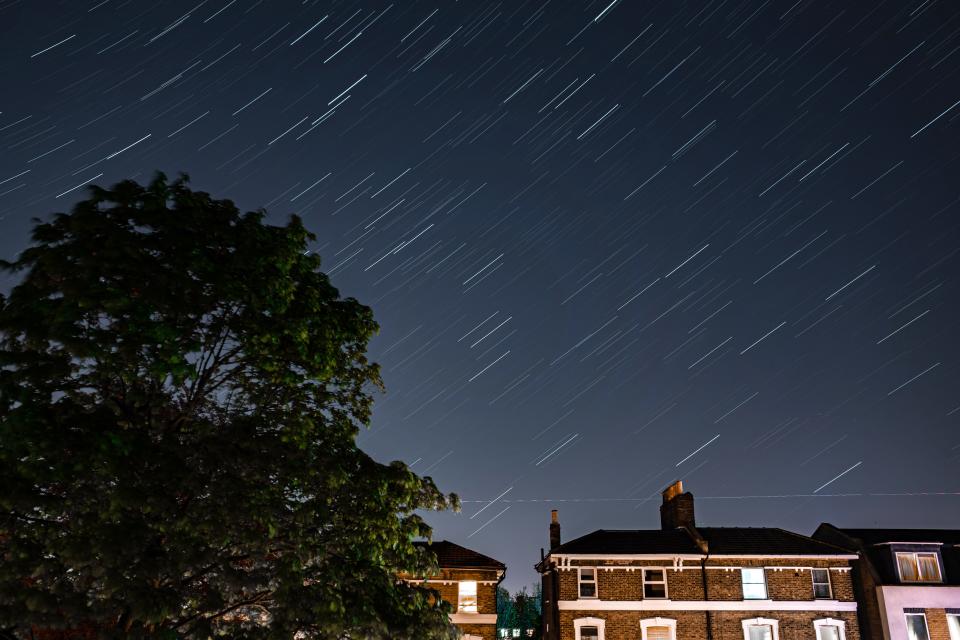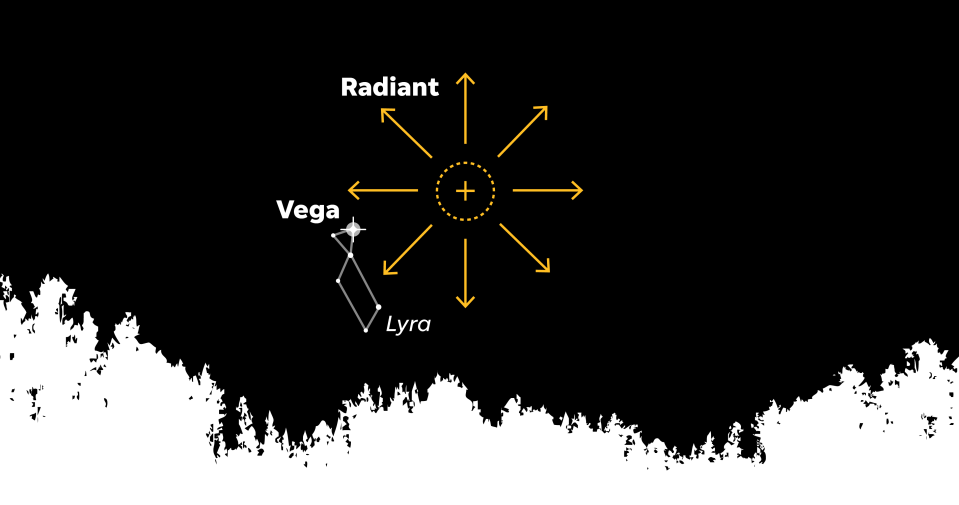Watch for the meteor shower lighting up the skies in NJ and beyond in April
Local astronomy enthusiasts, fresh off the excitement of last week's total solar eclipse, will have another reason to gaze up at the sky when one of the oldest meteor showers, the Lyrids, makes its annual return beginning Monday night.
The Lyrid meteor shower will be active from Monday until April 29 and hit its peak April 23, according to NASA. The astronomy website EarthSky estimates the best time to watch the showers will be from late evening Sunday 21st until dawn the next morning, with a predicted optimal viewing time of 4:23 a.m. EST Monday 22nd.
Residents throughout the Northern Hemisphere can expect to see 10 to 20 meteors per hour shooting across the night sky during the Lyrids' peak. Surges, though uncommon, can bring that rate up to 100 per hour, and such an event occurred in the United States as recently as 1982, NASA said.

The Lyrids are named for the constellation Lyra, whose brightest star, Vega, is the point from which the meteors appear to emanate. Vega rises above the horizon around 9 or 10 p.m. in April, and meteors will be raining down from the top of the sky just before dawn, according to EarthSky.
For the ideal viewing experience, NASA recommends going to an area far away from any city lights or streetlights. Lie flat on your back with your feet facing east, and after about 30 minutes, you will begin to see meteors once your eyes adapt to the dark.
The Lyrid meteor shower is among the oldest known meteor showers, dating back more than 2,700 years. According to NASA, the Chinese first observed the phenomenon in 687 B.C.

The Lyrids stem from a comet that has not been observed in any living person's lifetime and will not be seen again for another two and a half centuries, according to EarthSky.
Comet C/1861 G1 Thatcher is named for astronomer Alfred E. Thatcher, who discovered the celestial body in 1861 when it was closest to the sun. Its orbit lasts approximately 415 years, meaning it will be another 254 years before it returns to that point.
"Comet Thatcher will be back in the year 2278," EarthSky said. "But its debris trail, the Lyrid meteor shower, will be here every April."
This article originally appeared on NorthJersey.com: Lyrid meteor shower to be visible in April in NJ and beyond

